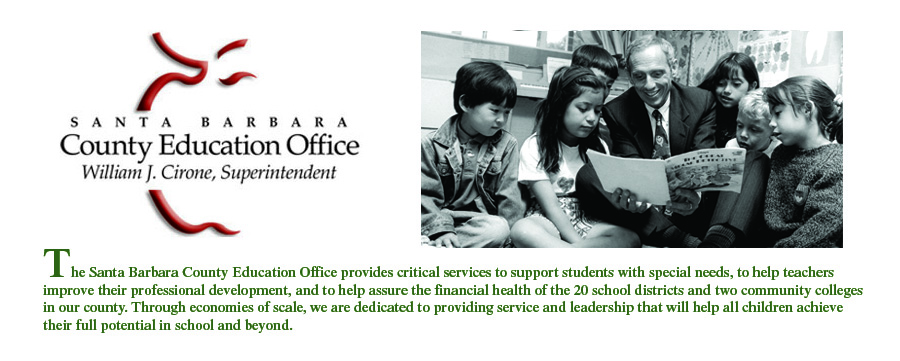In a report titled “The Evidence Continues to Grow,” the National Committee for Citizens in Education made a strong case for parental involvement in education.
The report found that effective families have several identifiable characteristics. These included:
- A feeling of control over their lives — individually, and as a group
- Frequent communication of high expectations to the children
- A family dream of success for the future for all members
- A consistent message that hard work is the key to success
- An active lifestyle involving physical activities
- A view of the family as a mutual support system and an effective problem-solving unit
- Clearly understood household rules, that are consistently enforced, and
- Frequent contact with teachers by at least one parent, and both if possible.
The report maintained that this type of family lifestyle helps lead to a child’s increased self-confidence and self-control.
These characteristics create a protective network that is an ongoing source of strength and support for young and old alike.
In families with these traits, parents tell their children through their attitudes, behavior, and encouragement that they can succeed in school and in life.

